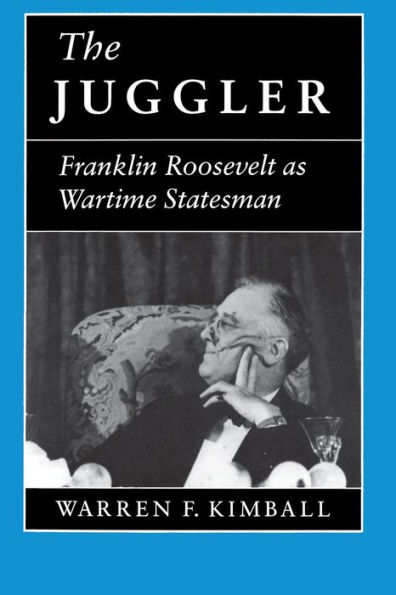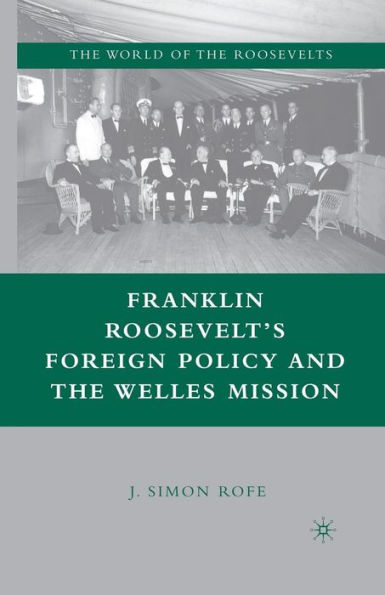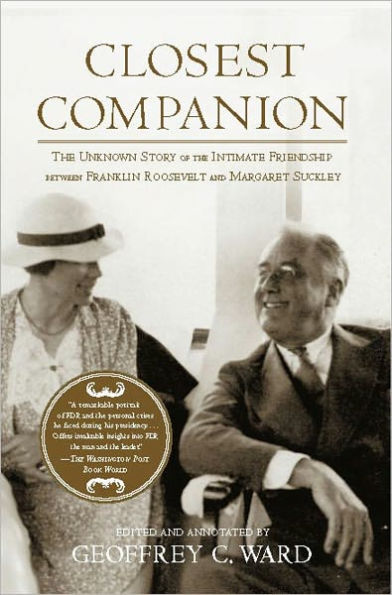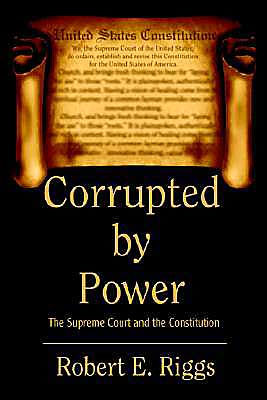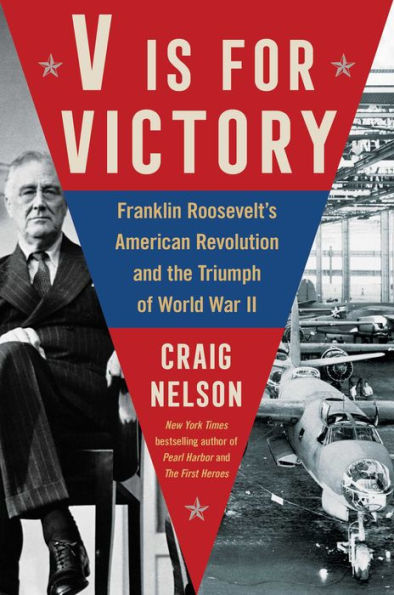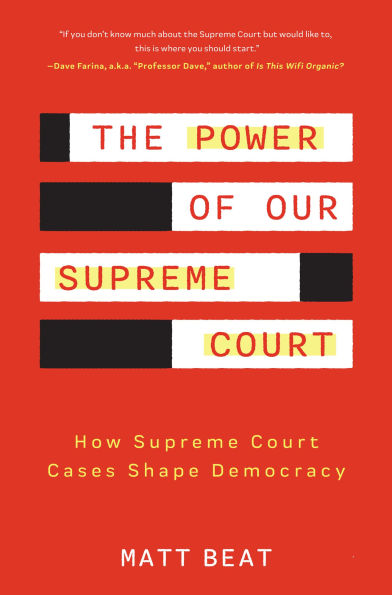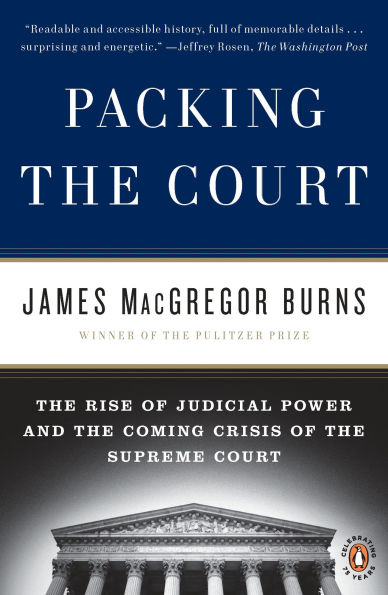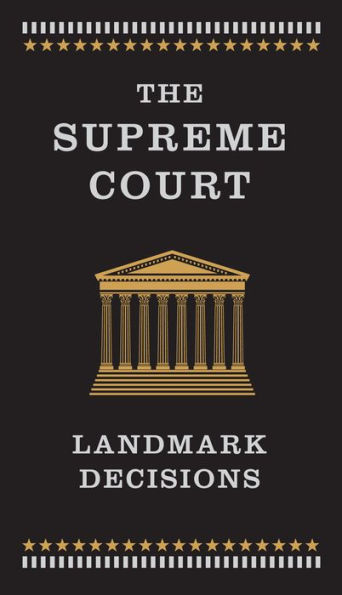Home
Supreme Power: Franklin Roosevelt vs. the Court
Barnes and Noble
Loading Inventory...
Supreme Power: Franklin Roosevelt vs. the Court in Franklin, TN
Current price: $26.49
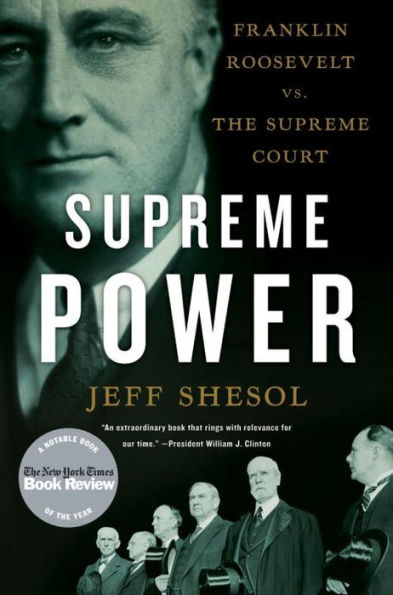
Barnes and Noble
Supreme Power: Franklin Roosevelt vs. the Court in Franklin, TN
Current price: $26.49
Loading Inventory...
Size: Audiobook
"A stunning work of history."—Doris Kearns Goodwin, author of
No Ordinary Time
and
Team of Rivals
Beginning in 1935, the Supreme Court's conservative majority left much of FDR's agenda in ruins. The pillars of the New Deal fell in short succession. It was not just the New Deal but democracy itself that stood on trial. In February 1937, Roosevelt struck back with an audacious plan to expand the Court to fifteen justices—and to "pack" the new seats with liberals who shared his belief in a "living" Constitution.
No Ordinary Time
and
Team of Rivals
Beginning in 1935, the Supreme Court's conservative majority left much of FDR's agenda in ruins. The pillars of the New Deal fell in short succession. It was not just the New Deal but democracy itself that stood on trial. In February 1937, Roosevelt struck back with an audacious plan to expand the Court to fifteen justices—and to "pack" the new seats with liberals who shared his belief in a "living" Constitution.
"A stunning work of history."—Doris Kearns Goodwin, author of
No Ordinary Time
and
Team of Rivals
Beginning in 1935, the Supreme Court's conservative majority left much of FDR's agenda in ruins. The pillars of the New Deal fell in short succession. It was not just the New Deal but democracy itself that stood on trial. In February 1937, Roosevelt struck back with an audacious plan to expand the Court to fifteen justices—and to "pack" the new seats with liberals who shared his belief in a "living" Constitution.
No Ordinary Time
and
Team of Rivals
Beginning in 1935, the Supreme Court's conservative majority left much of FDR's agenda in ruins. The pillars of the New Deal fell in short succession. It was not just the New Deal but democracy itself that stood on trial. In February 1937, Roosevelt struck back with an audacious plan to expand the Court to fifteen justices—and to "pack" the new seats with liberals who shared his belief in a "living" Constitution.

